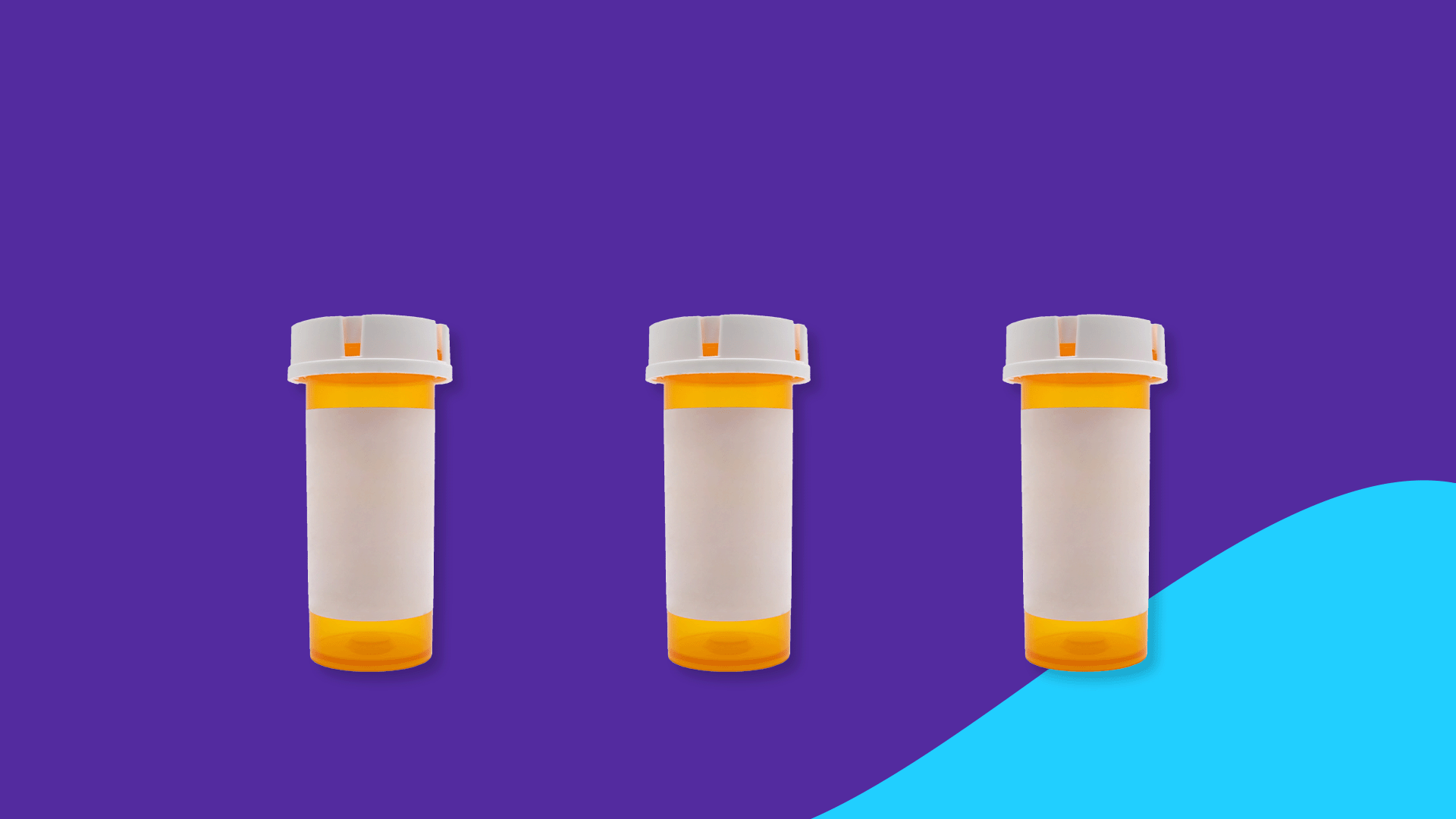Compare Veltassa alternatives | Lokelma | SPS | Natural alternatives | How to switch meds
Veltassa (patiromer), made by Vifor Pharma (formerly known as Relypsa, Inc.), is an oral prescription drug used to treat high levels of potassium in the blood (hyperkalemia). Potassium is a mineral important to the function of nerve and muscle cells, including muscle cells in the heart. Normal potassium levels in the blood are between 3.6 to 5.2 millimoles per liter (mmol/L). Hyperkalemia, when blood potassium levels go above 5.5 mmol/L., can lead to serious health issues and will likely require medical care. A reading above 6.5 mmol/L can cause heart problems that may even be life-threatening and require immediate medical attention.
The most common cause of hyperkalemia is chronic kidney disease (CKD). Other causes include; heart failure (HF), diabetes mellitus (DM), and the use of medications, including those that affect the renin angiotensin-aldosterone system (RAAS). When the kidneys are not working as they should, potassium can build up in the blood. This increase in potassium may also be caused by:
- Dehydration
- Certain medicines, such as blood pressure lowering drugs like angiotensin-converting enzyme (ACE) inhibitors and angiotensin receptor blockers
- Uncontrolled diabetes
- Injuries that cause severe bleeding, such as stomach or intestinal bleeding
- Certain rare diseases, such as Addison disease or hemolytic anemia
- Taking extra potassium, such as salt substitutes or supplements
Although there are often no symptoms associated with hyperkalemia, when symptoms do occur they may include:
- Nausea or vomiting
- Feeling tired or weak
- Trouble breathing
- Unusual heartbeat
- Slow, weak, or irregular pulse
- Chest pain
Veltassa is approved by the U.S. Food and Drug Administration (FDA) to treat non-emergency hyperkalemia, in other words it is not to be used to treat life-threatening high serum potassium levels due to its delayed onset of action. It works by binding with excess potassium in the gastrointestinal (GI) tract to remove it from the body before it can be absorbed into the bloodstream. Veltassa comes in a powder form and is mixed with water to be taken as an oral suspension once daily.
In a clinical trial, 95% of people taking Veltassa reduced their potassium levels and kept them within the normal range over the 52-week period of the study. Although no specific drug interactions have been associated with Veltassa, because of its potential to affect the absorption of other oral medications they should be taken at least 3 hours before or 3 hours after taking Veltassa. Possible side effects when taking Veltassa include:
- Constipation
- Diarrhea
- Nausea
- Abdominal discomfort
- Flatulence (passing gas)
Because constipation is a potential side effect, Veltassa should be avoided in patients that have severe constipation, history of obstructed or impacted bowels, or bowel motility disorders. Valtessa also binds to magnesium so patients should be periodically monitored for low blood magnesium levels.
There are a few other options available for the treatment of hyperkalemia. These include additional potassium binder oral medications as well as a rectal medication that treat non-emergency hyperkalemia and several treatment options reserved for clinical emergencies. These alternatives may be suitable for certain individuals depending on how well tolerated Veltessa is or if more urgent care is required.
Compare Veltassa alternatives |
|||
|---|---|---|---|
| Drug name | Uses | Dosage | Savings options |
| Veltassa (patiromer) | Reduce high blood potassium levels | 8.4 grams once daily; dose may be increased by 8.4 grams daily at one week intervals up to a maximum dose of 25.2 grams daily | Veltassa coupons |
| Lokelma (sodium zirconium cyclosilicate) | Reduce high blood potassium levels | Initial dose 10 grams three times a day for up to 48 hours; maintenance dose range from 5 grams every other day to 15 grams daily | Lokelma coupons |
| SPS (sodium polystyrene sulfonate) | Reduce high blood potassium levels | Oral dose 15 to 60 grams daily (given as 15 grams one to four times daily); rectal dose as an enema 30 to 50 grams every six hours | Sodium polystyrene sulfonate coupons |
Other alternatives to Veltassa
In situations in which hyperkalemia can cause problems that may be life-threatening and require emergency medical care, treatment options may include:
- Calcium given into the veins (IV) to stabilize the heart muscles
- Glucose and insulin given IV to help lower blood potassium levels
- Sodium bicarbonate, if the hyperkalemia is caused by acidosis (a condition in which there is too much acid in the blood)
- Diuretics, or water pills, that increase the excretion of potassium
- Kidney dialysis, if other drug therapies fail
Top Veltassa alternatives
1. Lokelma (sodium zirconium cyclosilicate)
Lokelma, manufactured by AstraZeneca, is a prescription-only potassium binder approved by the FDA in 2018 for the treatment of hyperkalemia in adults. Similar to Veltassa, it is not recommended to be used as an emergency treatment for life-threatening hyperkalemia because of its delayed onset of action. Lokelma preferentially binds with potassium, even in the presence of other cations such as calcium and magnesium, thereby reducing its absorption in the GI tract and lowering potassium blood levels.
Although most kidney specialists report little perceived differences between Lokelma and Veltassa in regard to effectiveness in lowering potassium levels in the blood, Lokelma has a quicker onset of action compared to Veltassa. In contrast, Veltassa may have an advantage due to its lack of sodium leading it to be preferred over Lokelma for patients with sodium-sensitive conditions, such as heart failure.
Lokelma comes in a powder form and is mixed with water and taken as an oral suspension. Initial treatment may be one 10 gram packet taken three times a day for up to 48 hours. After the initial treatment doses, Lokelma is typically dosed once daily.
The most common side effect associated with Lokelma is edema (swelling in the body caused by fluid retention). If taking other oral medications while on Lokelma they should be taken two hours before or two hours after taking Lokelma so as to not affect their absorption.
2. SPS (sodium polystyrene sulfonate)
Prior to 2015, the year Veltassa was approved by the FDA, the only drug available for treating non-emergency hyperkalemia was sodium polystyrene sulfonate (SPS), which was approved in 1958 and available under the brand name Kayexalate. SPS is predominantly used for mild hyperkalemia (defined as serum potassium between 5 and 6 mmol/L), where the risk of complications is low.
SPS is available as a suspension and as a powder for suspension to take by mouth. The suspension may also be given rectally as an enema. The typical daily adult dose is 15 to 60 grams of suspension given orally one to four times daily at least 3 hours before or 3 hours after other oral medications. SPS may also be given as an enema every six hours.
A main disadvantage of SPS is its poor taste. Rare but serious instances of colonic necrosis, when part of the colon tissue dies, have been reported. Another concern with SPS is the high sodium content which may not be tolerated in patients with existing conditions such as edema, heart failure, or hypertension (high blood pressure). Other possible side effects include:
- Gastric irritation
- Anorexia (loss of appetite)
- Nausea and vomiting
- Constipation (especially at higher doses)
- Hypokalemia (low potassium blood levels)
- Hypocalcemia (low calcium blood levels)
- Hypomagnesemia (low magnesium blood levels)
- Fecal impaction (especially in elderly patients given higher doses)
Natural alternatives to Veltassa
In addition to prescription medicines to treat hyperkalemia, there are also lifestyle changes and diet modifications your healthcare provider may recommend to help keep potassium levels within normal range.
How to switch to a Veltassa alternative
There could be many reasons why switching to a Veltassa alternative may be beneficial. If cost is a concern, using a SingleCare discount card at participating pharmacies could help to make Valtassa and its alternatives more affordable. Should your healthcare provider wish to change treatment from Veltassa to a different potassium-binding medicine, it does not need to be tapered to avoid withdrawal or other adverse effects. This is because Veltassa works locally in the GI tract and is not absorbed into the bloodstream.











